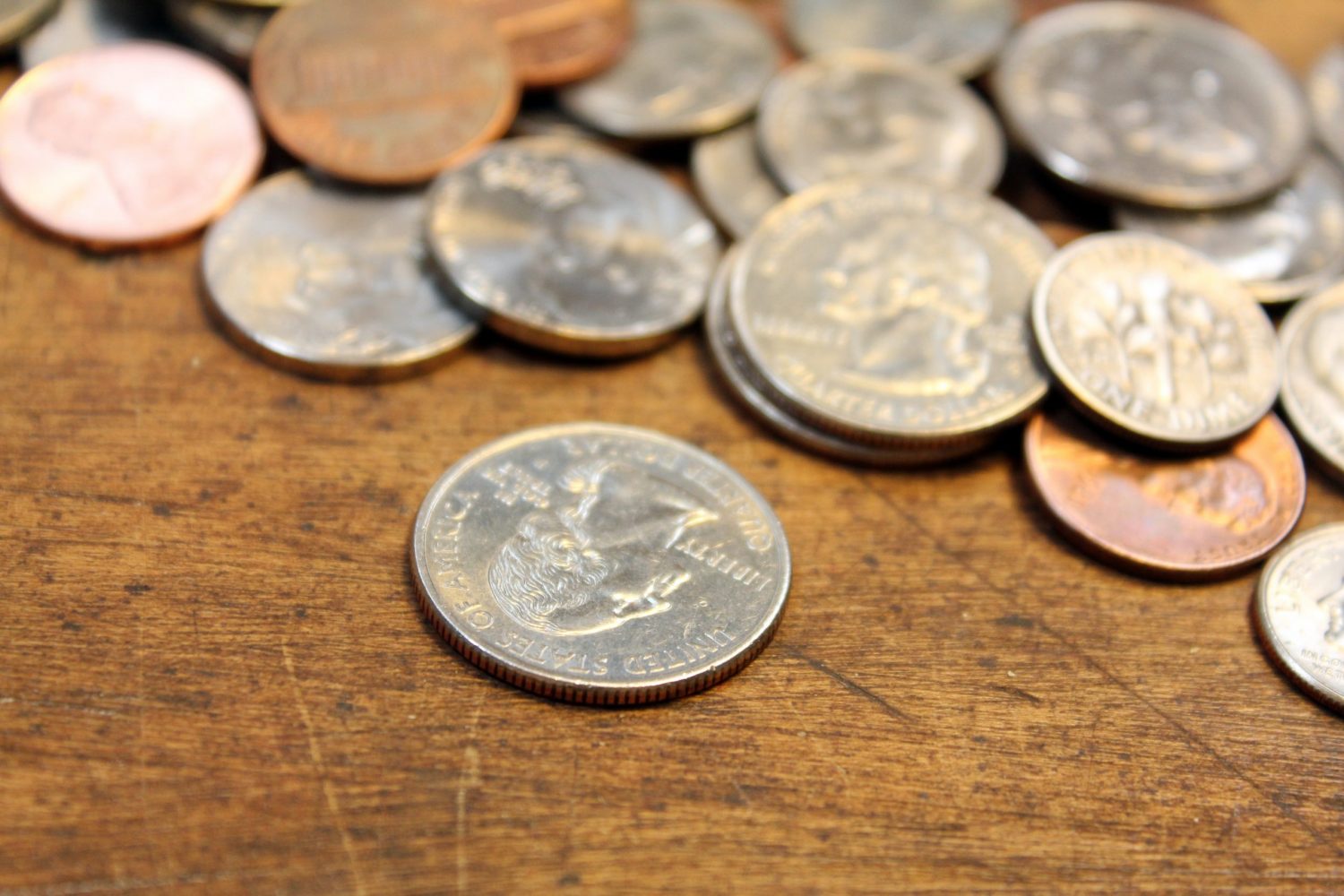Financial hardship can impact anyone. If you lose a job, have trouble finding employment after college, struggle with your health and work at the same time, or experience any number of other issues, you may have trouble paying your debts, including your student loans. You may fall into default on mortgage, car, and student loans because you cannot pay them, which can lead to further financial difficulties.
You may find yourself filing for bankruptcy. This is an important legal step that exists to help you manage your personal finances. However, if you need to discharge your student loans, you must understand which types of bankruptcy qualify you for this form of relief and how to apply for it.
The federal government has narrowed which types of bankruptcy you can use to get rid of your student loan debt.
Types of Bankruptcy Qualifying You for Student Loan Discharge
The federal government and many private lenders understand that there are many reasons you may begin to struggle with student loan payments. In specific circumstances, you can apply to have your student loans discharged. For example, if you qualify as disabled so you are unable to maintain employment, you can apply for total and permanent disability discharge.
Bankruptcy discharge can eliminate remaining debt you owe on direct subsidized and unsubsidized loans, direct PLUS loans, Federal Family Education Loans (FFEL), and Perkins loans. However, there are only two types of bankruptcy that qualify you for a bankruptcy discharge.
- Chapter 7 bankruptcy: In this type of bankruptcy, your nonexempt assets will be sold by a court, and the proceeds will be applied to pay off your debts as much as possible. Part of your property may be subject to liens and mortgages, but you can also keep certain exempt property.
Debt relief is available by filing this type of bankruptcy regardless of whether you are solvent or insolvent, and irrespective of the amount of your debt. Individuals, partnerships, corporations, and other business entities might all qualify for Chapter 7 bankruptcy; however, only individuals can discharge remaining debts like student loans under this form of bankruptcy.
If you have limited income and cannot keep up with debt payments, this type of bankruptcy might help you find some relief through debt discharge options.
To file for Chapter 7 bankruptcy:- Get a bankruptcy attorney for help completing income and expenditure information for the courts so you can file everything appropriately
- File a petition with a bankruptcy court serving the area you live in
- Know that the petition will automatically stop the collection of debts while the filing moves through court
- Attend all scheduled court dates
- Answer all questions about your finances truthfully, including those about debts
- Chapter 13 bankruptcy: This form of bankruptcy is also called a wage earner’s plan. This provides help for people who struggle with their debt but earn a regular income to develop a plan to repay these debts.
In court, the debtor will propose a repayment plan typically spanning three to five years to their creditors. If your current monthly income is less than the applicable median, the court will recommend three years unless there is a reason to extend it to five years. During this time, creditors cannot begin or continue debt collecting efforts.
This form of bankruptcy filing can save your home from foreclosure and prevent some other important assets from being liquidated to pay your debts, so it can be a better option for some than Chapter 7. Applying for this type of bankruptcy is similar to filing Chapter 7. Working with an attorney is especially important with Chapter 13 filings, as the discharge process is more complex.
Good Faith Efforts and Maintaining a Minimum Standard of Living
Both Chapter 7 and Chapter 13 bankruptcy allow for the discharge of some debts, like student loan debt, if you can qualify it as an undue hardship. This is determined by certain circumstances through the Brunner Test. These are the qualifications:
- If you are forced to repay the loan, you cannot maintain a minimum standard of living
- Financial hardship imposed by loan repayment will continue for a significant time after it is repaid
- You have made good faith efforts to repay your loans prior to filing for bankruptcy, including never going into default and maintaining contact with your lender
Your ability to maintain a minimum standard of living is determined through means testing. This test uses the median family income for you based on where you live and your family size. If paying your debts overwhelms your ability to stay near the median family income and provide for dependents and yourself, the court may determine that you qualify for bankruptcy. You must also prove that you are meeting bare-bones expenses, and you have done everything in your power to increase your income to manage all your expenses, including your debts.
Courts will look for good faith efforts to pay your debts. This includes adjusting your student loan repayment schedule, refinancing or consolidating loans, making minimum payments on interest, and generally staying in touch with your student loan servicer. If you immediately default on your student loans by failing to make monthly payments for almost a year, the court may not look favorably on this because it does not show good faith to manage your debts on your part.
Your Student Loan Debt During the Bankruptcy Process
While you file for bankruptcy, your creditors (including your student loan servicer) cannot try to collect your debts. You do not have to default on your student loans to qualify for bankruptcy; you could still be making small monthly payments. You can show that even this is too much for your current financial situation. 
Once you file a petition, this begins an adversary proceeding, which is a lawsuit within bankruptcy court. The Brunner Test will be applied to determine if your student loans pose an undue hardship. If you make this request, it is likely that you have other debts that need to be discharged too. Your creditors may be present in court to argue their points regarding discharge due to student loan bankruptcy.
Student Loan Bankruptcy Is Tough, But It Might Work for You
It is important to know that it is hard to file for student loan bankruptcy. Prior to 1976, student loans could easily be discharged through bankruptcy proceedings in federal court. Congress began to implement changes and restrictions so more people would be forced to pay their student loans back.
In 1998, Congress removed the ability to discharge these debts unless the debtor could prove that the loans posed a significant hardship. In 2005, this extended from federal to private loans. Now, you can only use Chapter 7 and Chapter 13 bankruptcy filings as methods of showing financial hardship to have student loans discharged.
There are many financial reasons you may worry about repaying your student loans, but simply filing for bankruptcy will not get rid of your debt. If you meet specific requirements and have made clear efforts to repay your loans but still find yourself in financial dire straits, you may qualify for student loan bankruptcy.


